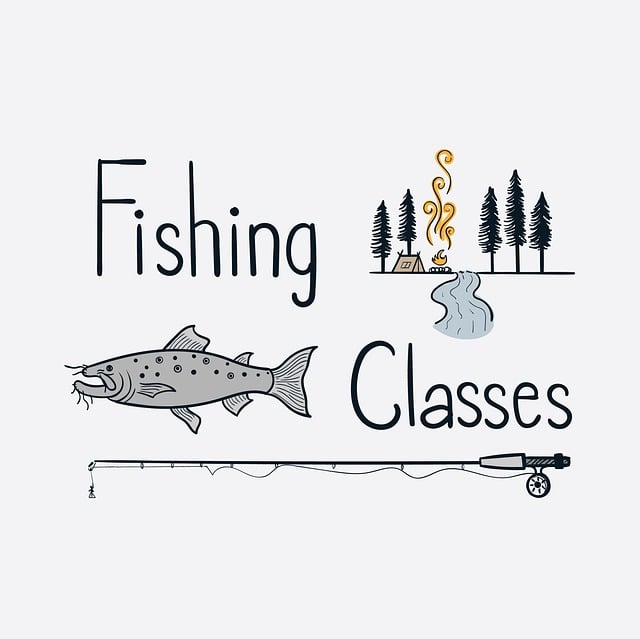The Upper Willamette River, renowned for its thriving trout ecosystem, offers dynamic fishing throughout seasons. Conservation is vital to preserving its health and future angling experiences. Collaborative efforts have restored habitats, improved biodiversity, and protected fish populations. Ethical practices like catch-and-release, use of barbless hooks, and proper handling ensure the river's sustainability for future generations' enjoyment.
Explore the captivating world of trout fishing in the Upper Willamette River, a haven for anglers seeking both challenge and tranquility. This comprehensive guide delves into the unique ecosystem, seasonal variations influencing fish behavior, and conservation efforts shaping sustainable harvesting practices. From understanding the river’s dynamics to adopting ethical fishing techniques, discover why the Upper Willamette is not just a destination but an experience that connects you to nature’s delicate balance.
- Understanding the Upper Willamette River Ecosystem
- Seasonal Trout Fishing Patterns and Best Practices
- Conservation Efforts and Their Impact on Fish Populations
- Ethical Fishing Techniques for Sustainable Harvesting
Understanding the Upper Willamette River Ecosystem
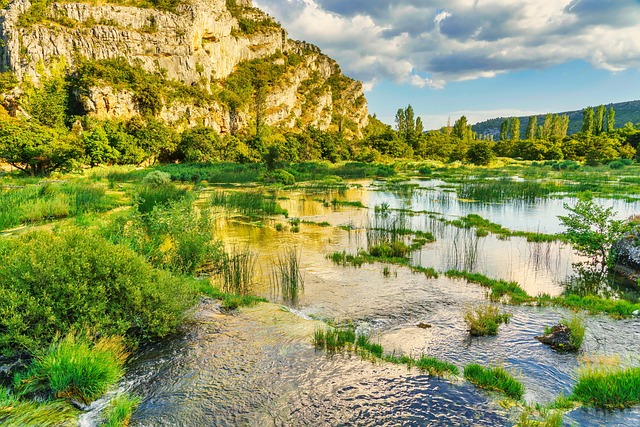
The Upper Willamette River, a vibrant ecosystem teeming with life, offers an unparalleled experience for trout anglers. This pristine waterway is home to various species of trout, including the prized rainbow and cutthroat varieties. Understanding this river’s unique characteristics is key to successful fishing while also promoting conservation efforts. The river’s landscape is characterized by rapid currents, shallow riffles, and deep pools, each providing habitats for different trout populations.
The Upper Willamette’s rich biodiversity supports a healthy trout fishery. Conservation initiatives play a vital role in preserving this ecosystem. Anglers can contribute by practicing responsible fishing techniques, such as catch-and-release, to ensure the river’s trout population thrives. Additionally, supporting local conservation groups dedicated to protecting the Willamette River’s natural beauty and biodiversity is essential for maintaining this picturesque fishing destination for future generations.
Seasonal Trout Fishing Patterns and Best Practices
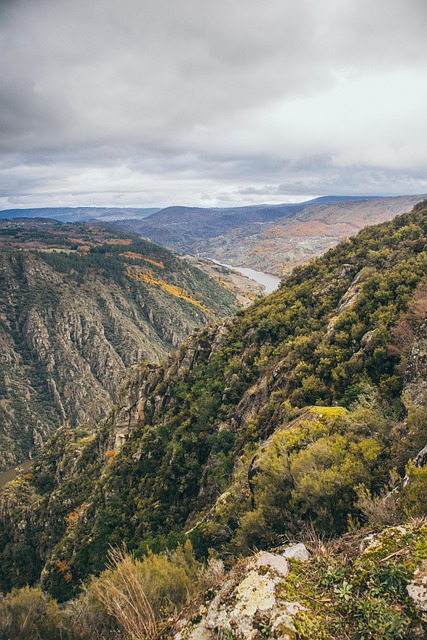
The Upper Willamette River, known for its pristine waters and abundant trout populations, offers a unique fishing experience that varies with the seasons. Spring is a particularly exciting time as the river comes to life after winter, and anglers can target both resident rainbows and steelhead trout. As water temperatures rise in summer, trout become more active during cooler mornings and evenings, making early morning or late afternoon sessions ideal.
Fall brings an increase in insect activity, attracting trout that feed aggressively before winter. Anglers should experiment with various techniques, including dry flies, nymphs, and spinners, to match the changing insect populations. During winter, while fishing may slow down, dedicated anglers can still find active trout in deeper pools. Practicing upper Willamette fishing conservation, such as using barble-less hooks and minimizing disturbance, ensures the river’s health and sustains its renowned trout fishing for future generations.
Conservation Efforts and Their Impact on Fish Populations
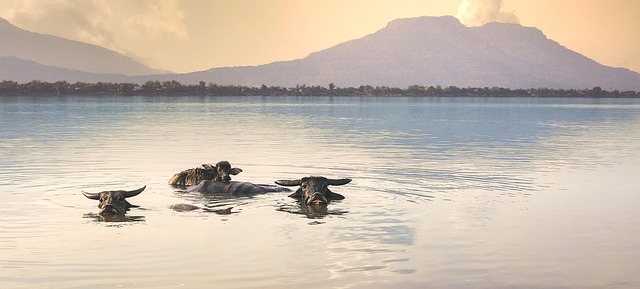
The Upper Willamette River, renowned for its exceptional trout fishing, has been the focus of extensive conservation efforts aimed at preserving and enhancing fish populations. These initiatives have significantly contributed to the river’s ecological health and the overall success of recreational fishing. Conservation organizations, in collaboration with local communities and state agencies, have implemented various strategies to combat threats such as habitat degradation, water quality issues, and invasive species.
One notable impact of these efforts is the restoration of crucial fish habitats, including the creation of riffles and pools that provide ideal breeding grounds and shelter for trout. Additionally, the removal of obsolete dams has opened up previously inaccessible areas, allowing fish to migrate freely and access new resources. These conservation measures have led to increased trout populations and improved overall biodiversity in the Upper Willamette River, making it a top destination for anglers seeking world-class trout fishing experiences.
Ethical Fishing Techniques for Sustainable Harvesting
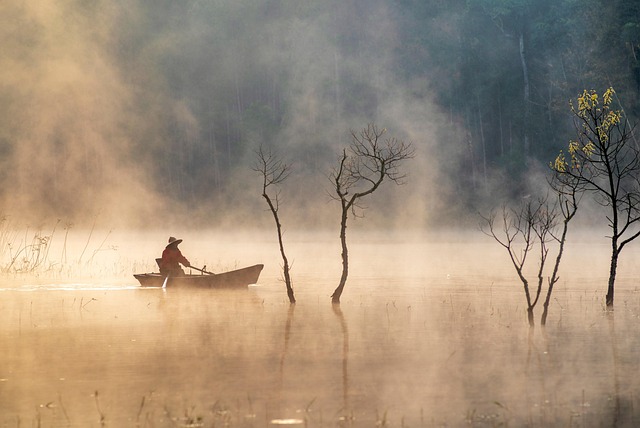
When engaging in Upper Willamette River trout fishing, it’s paramount to embrace ethical fishing techniques that promote sustainable harvesting. This involves practicing catch-and-release methods, ensuring minimal impact on the river ecosystem. Anglers should use equipment designed for conservation, such as lightweight lines and barbless hooks, which reduce damage to aquatic habitats.
Respecting seasonal regulations and size limits is crucial. By adhering to these guidelines, anglers contribute to the long-term health of the trout population. Additionally, proper handling techniques, including wet hands and quick release, help maintain the well-being of captured fish, allowing them a fair chance at survival and ensuring future fishing opportunities for all enthusiasts.
